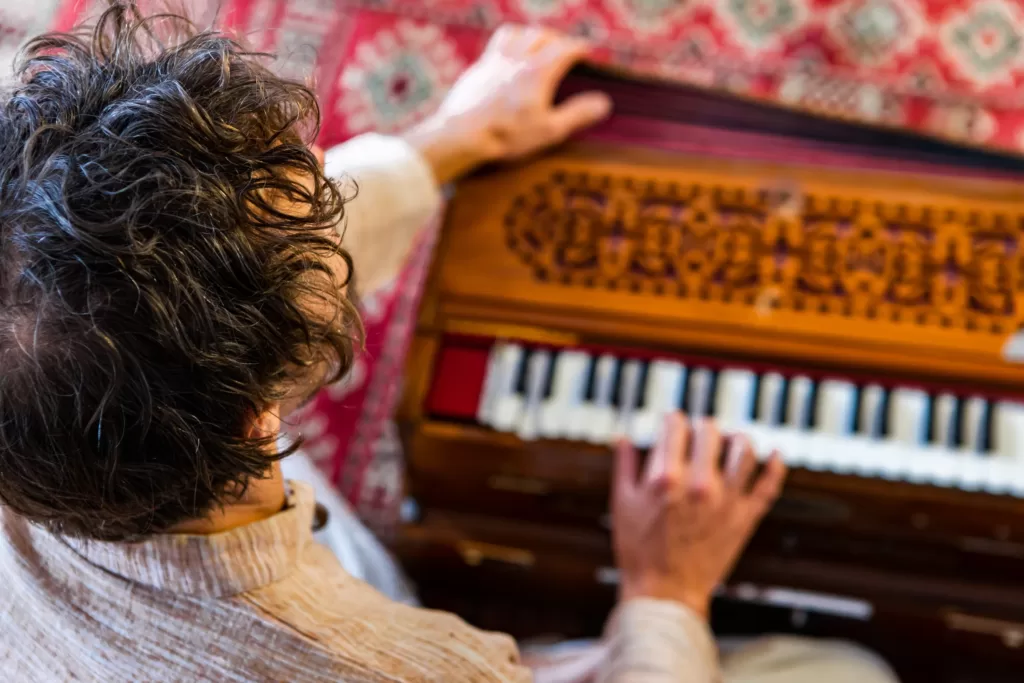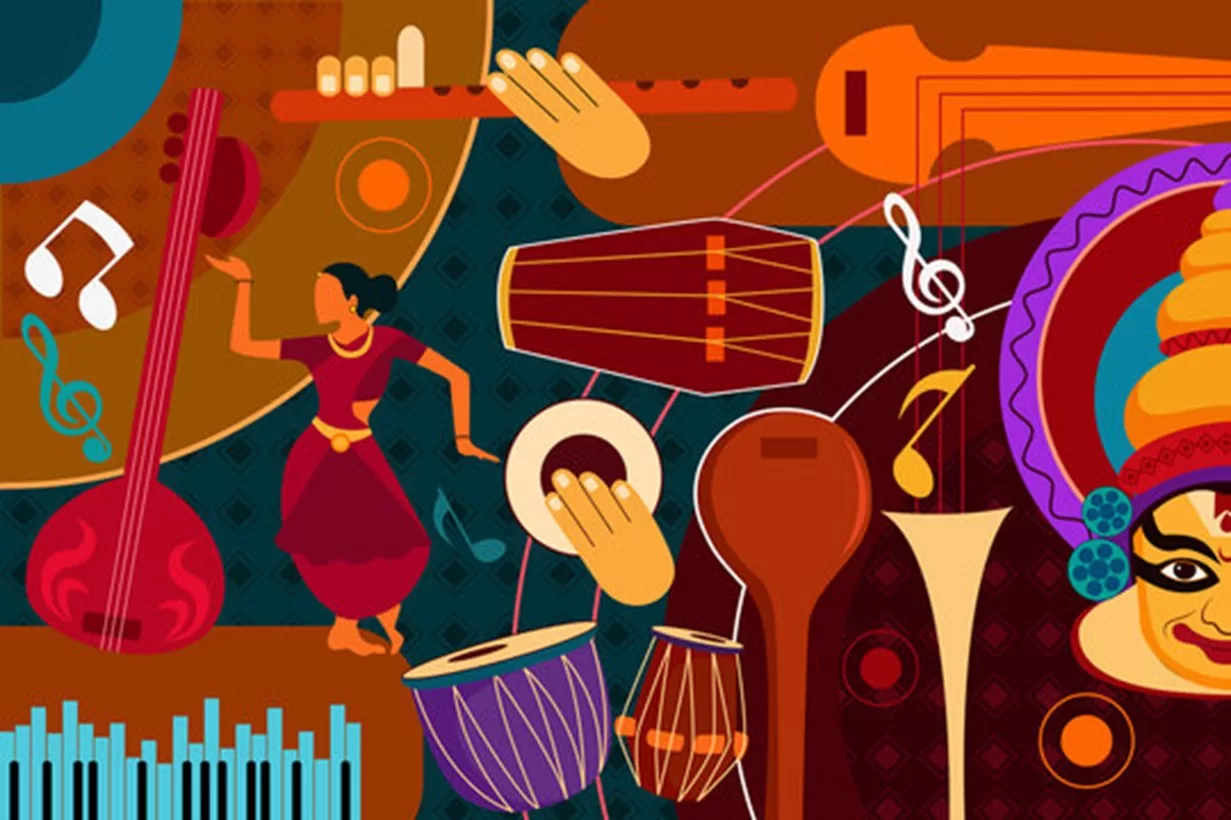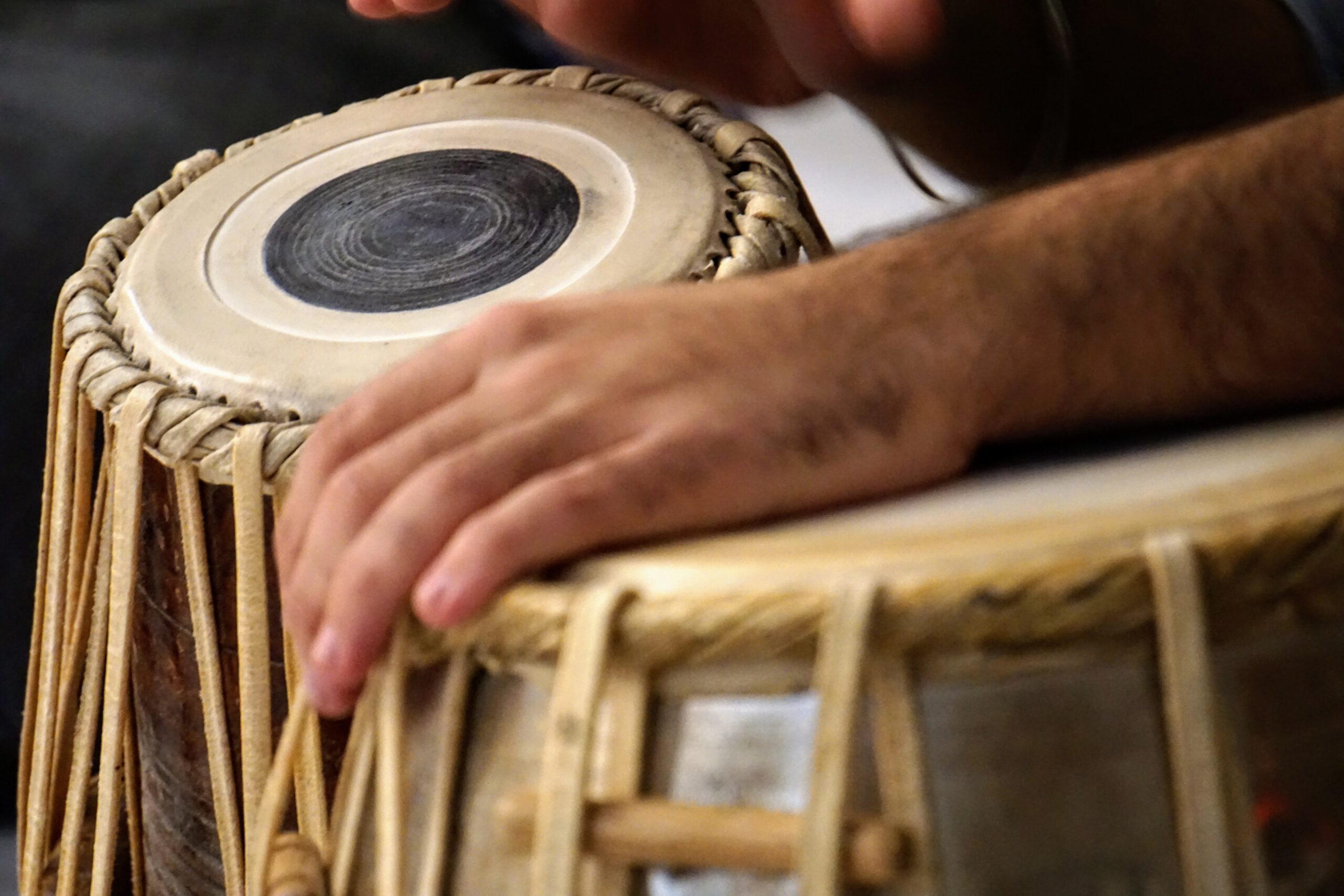Introduction
In the enchanting universe of classical music, the intricate relationships between Ragas, Melakartha, and Thaat form the very essence of its profound melodies. This blog will delve into the captivating interplay of these musical elements, shedding light on their significance and relevance in the world of classical music.
Understanding Ragas
Ragas are the soul of classical music. These complex and emotive melodic frameworks serve as the foundation for musical compositions. Each Raga is unique, defined by a specific set of ascending and descending notes, known as Arohana and Avarohana, respectively. The beauty of Ragas lies in their ability to convey a wide range of emotions, from joy and love to sadness and devotion.

Unlocking Melakartha
Melakartha, also known as the parent scale or Janaka Raga, plays a pivotal role in the classical music landscape, particularly in the Carnatic tradition. The Melakartha system consists of 72 fundamental scales, which serve as the basis for numerous Ragas. These scales are constructed by adhering to specific rules regarding the placement of swaras (musical notes). Melakartha Ragas are the backbone of classical compositions, offering a structured framework for musical exploration.
Unveiling the Thaat System
In the Hindustani classical tradition, the Thaat system is employed to classify and organize Ragas. This system categorizes Ragas into ten primary Thaats based on their musical characteristics. Thaats help musicians identify the core structure and mood of a Raga, facilitating improvisation and composition. Understanding the Thaat of a Raga provides valuable insights into its melodic identity.

The Harmonious Convergence
The intricate relationship between Ragas, Melakartha, and Thaat becomes evident when we realize that Ragas often share common characteristics with the Melakartha scales or are grouped within the same Thaat. This convergence allows musicians to navigate the vast ocean of Ragas with ease, as they can draw upon their knowledge of Melakartha scales and Thaats to explore new compositions and improvisations.
For example, the popular Raga Shankarabharanam belongs to the 29th Melakartha scale and is classified under the Bilawal Thaat in Hindustani music. This interconnectedness empowers musicians to bridge the gap between these two classical traditions.
Conclusion
In the intricate tapestry of classical music, Ragas, Melakartha, and Thaat are the threads that weave together a harmonious and melodious masterpiece. Understanding their interplay not only enhances one’s appreciation for this timeless art but also empowers musicians to explore new horizons within the classical music landscape.
As you embark on your musical journey, remember that the essence of classical music lies in the exploration of these musical elements. Embrace the synergy between Ragas, Melakartha, and Thaat, and let your soul resonate with the rich and profound melodies they create.











3 thoughts on “The Interplay of Ragas, Melakartha, and Thaat in the World of Classical Music”